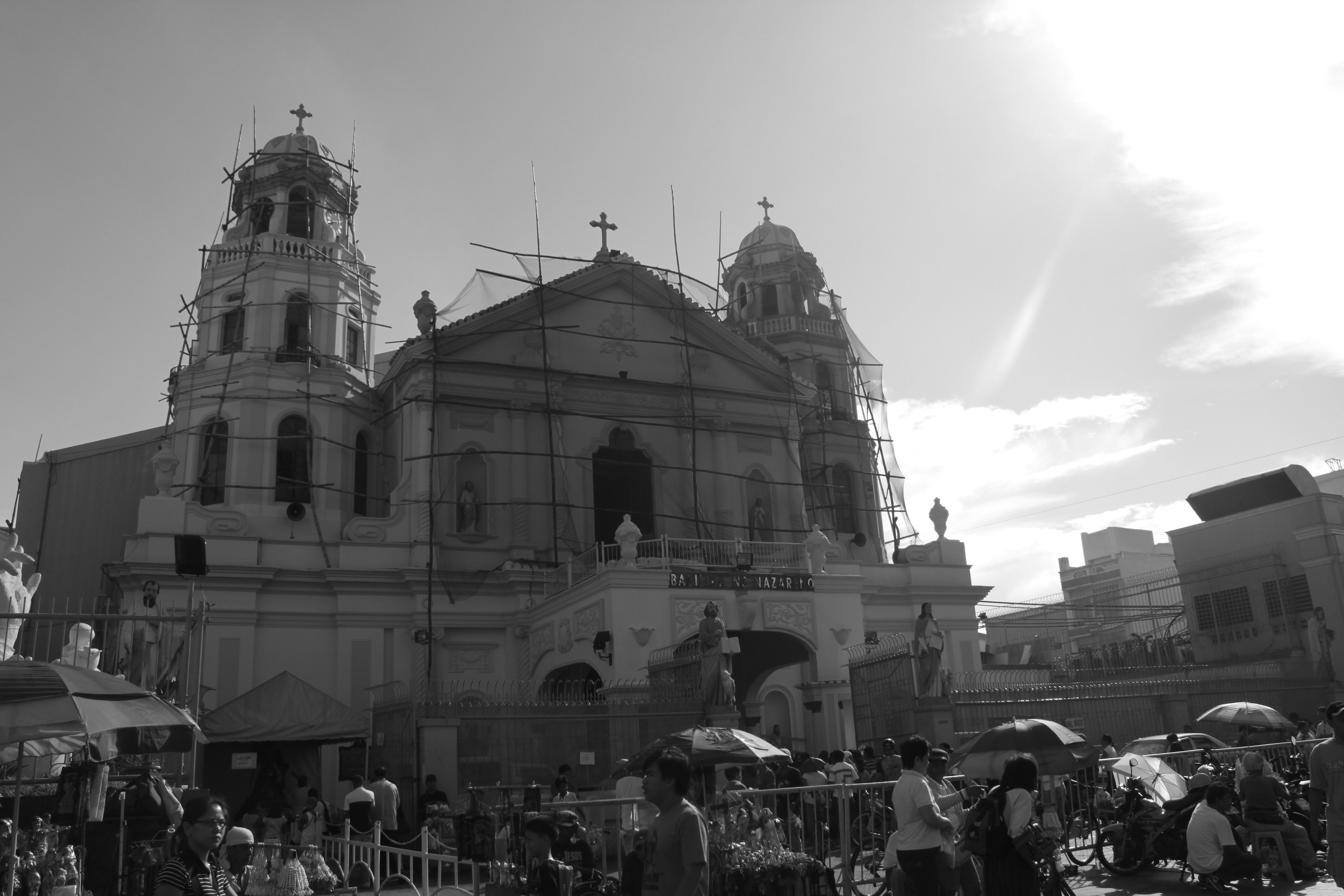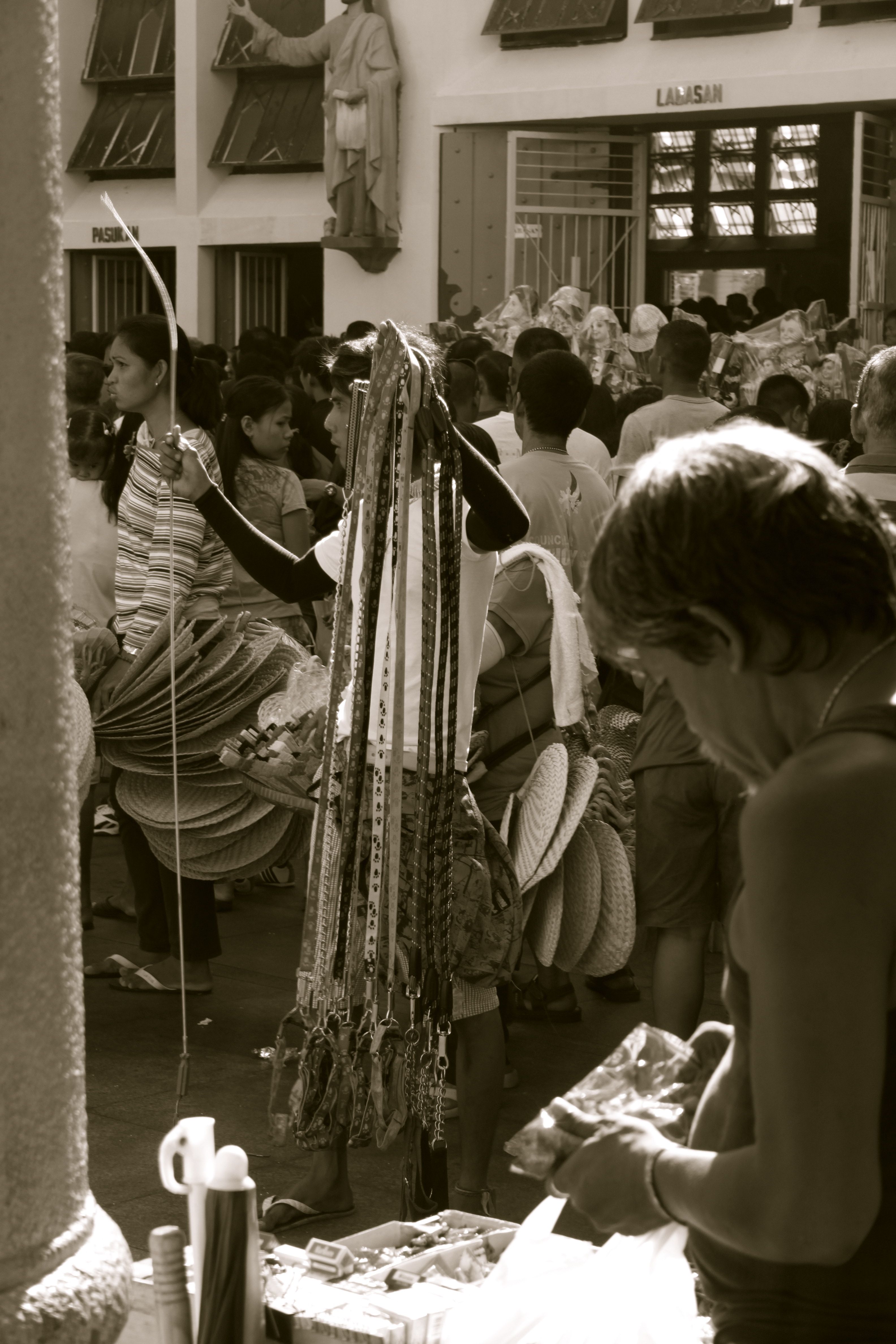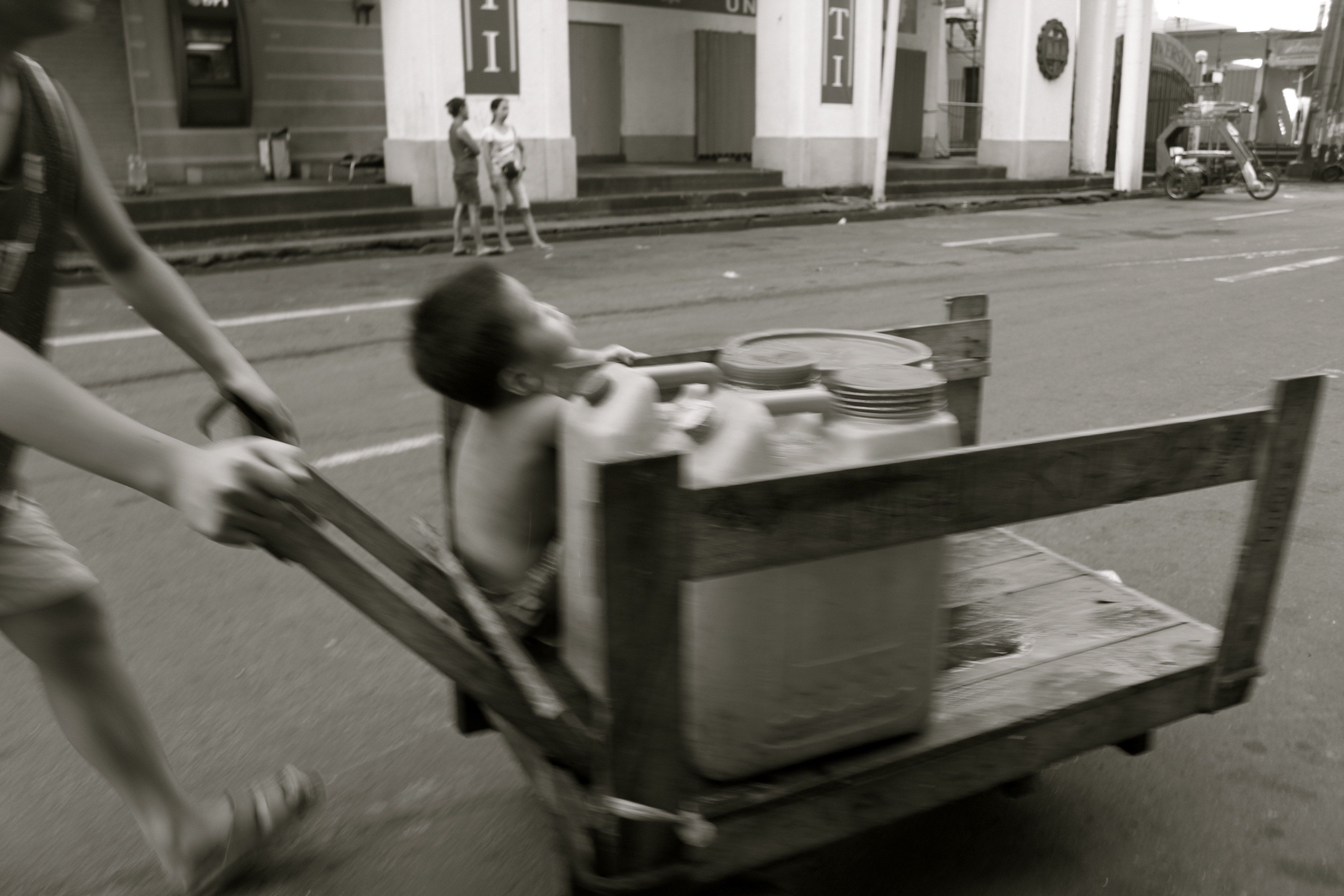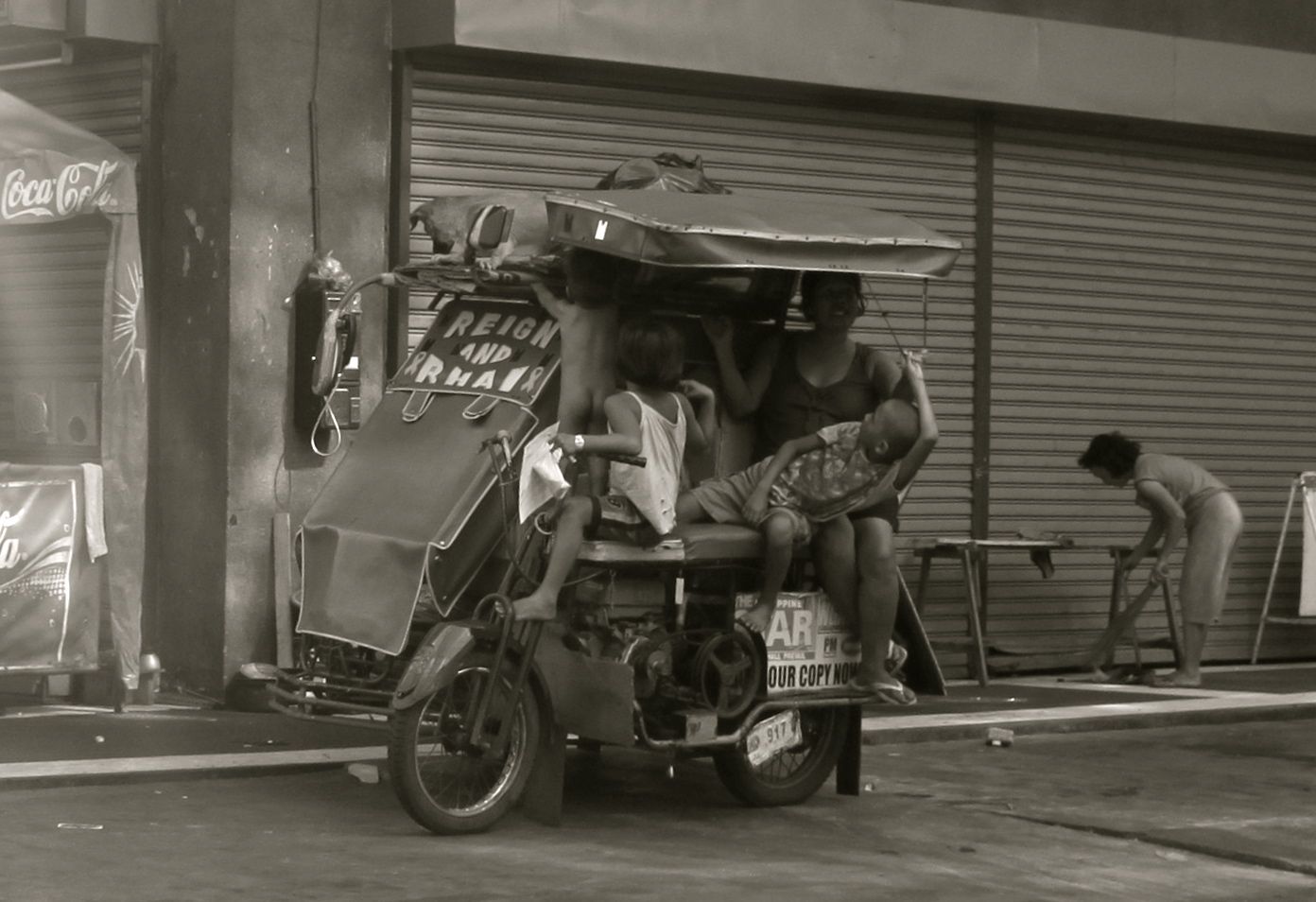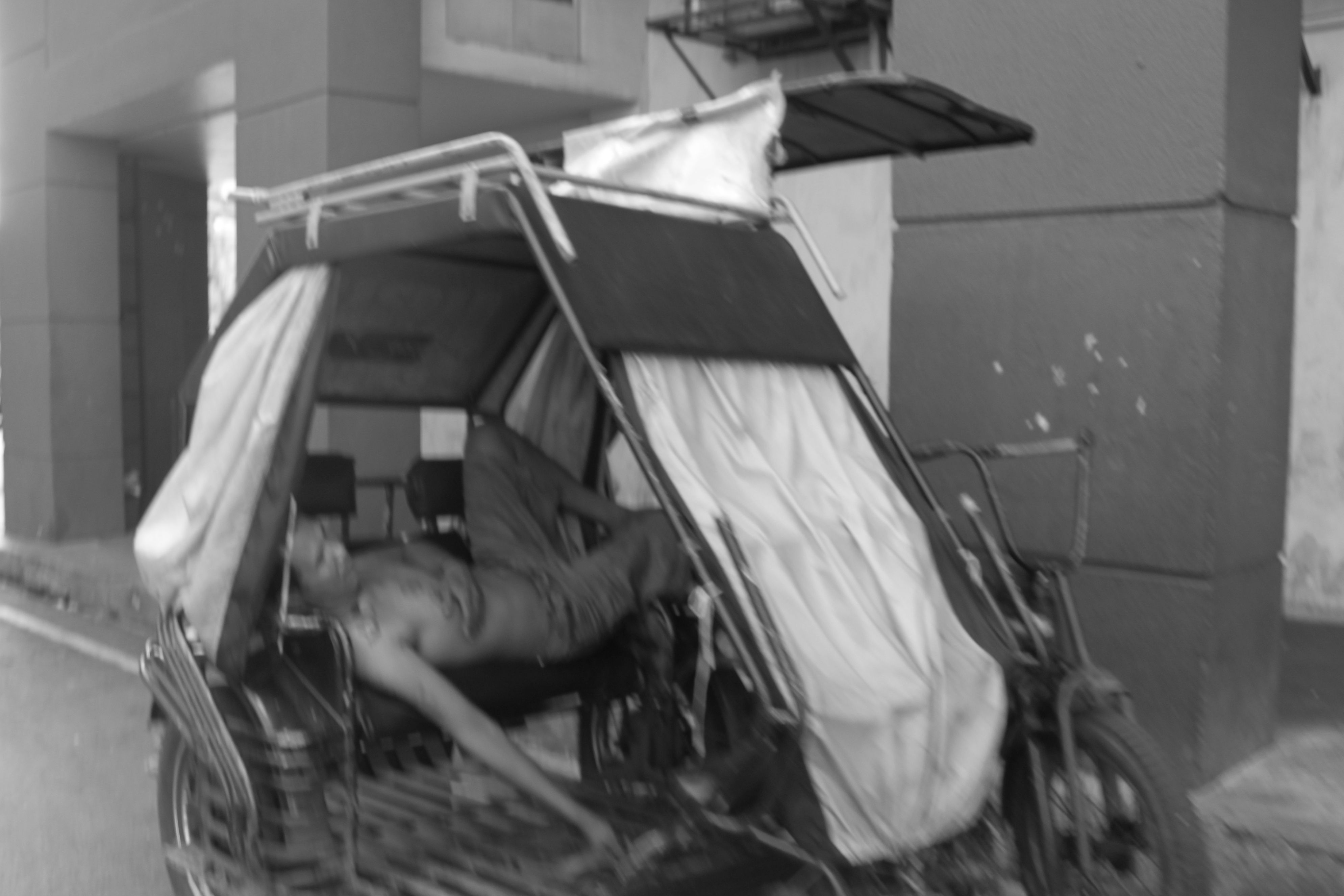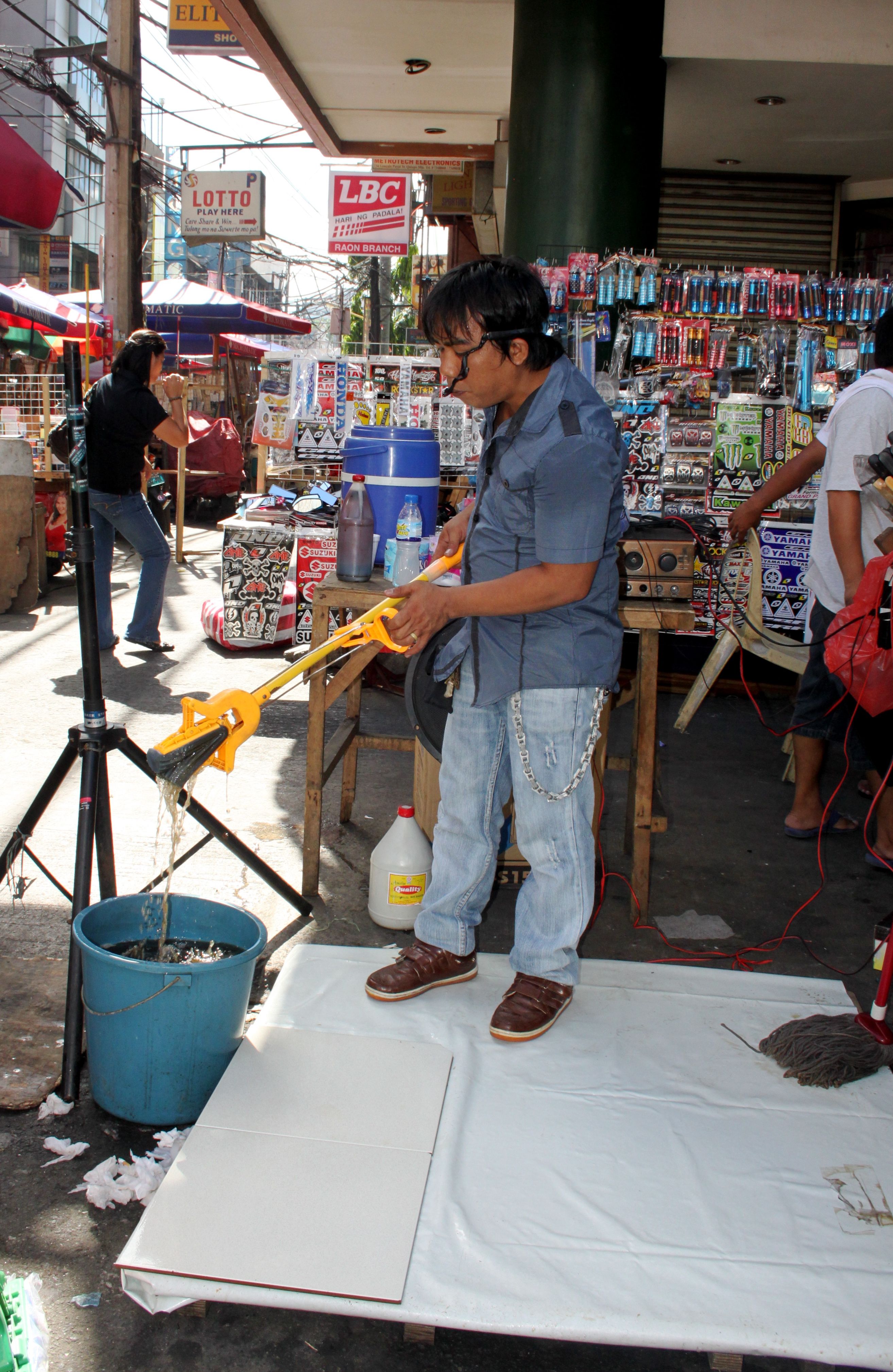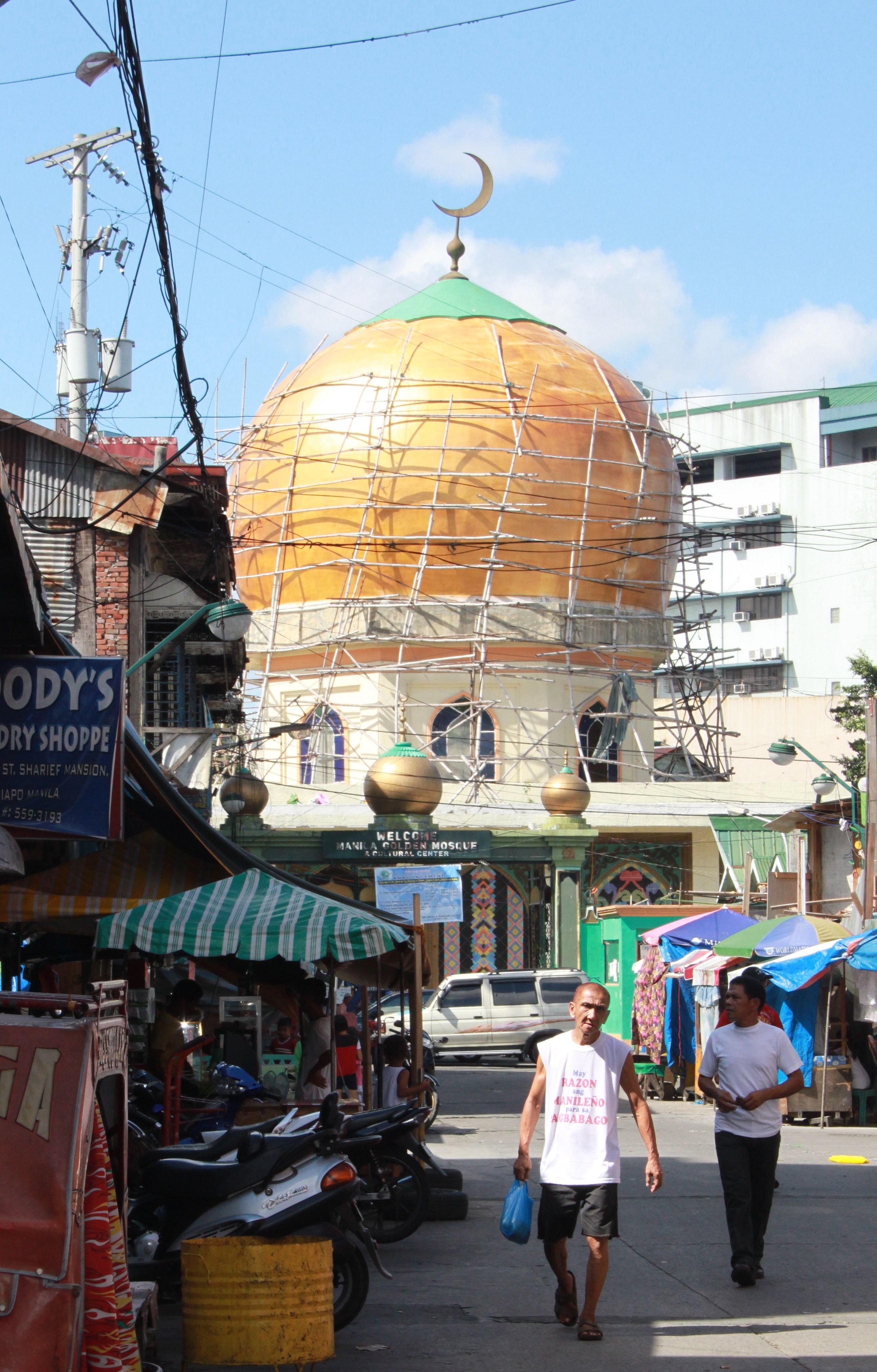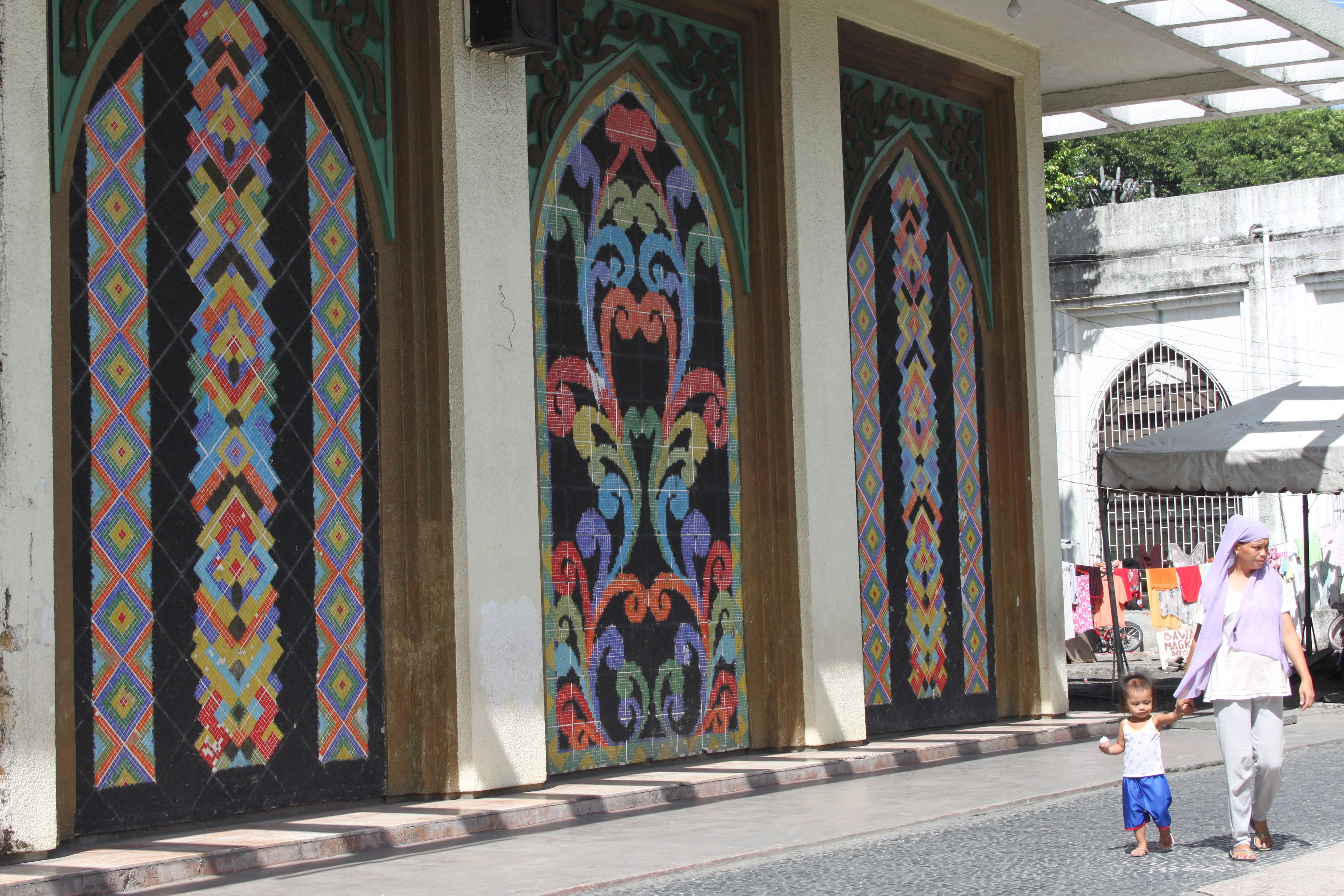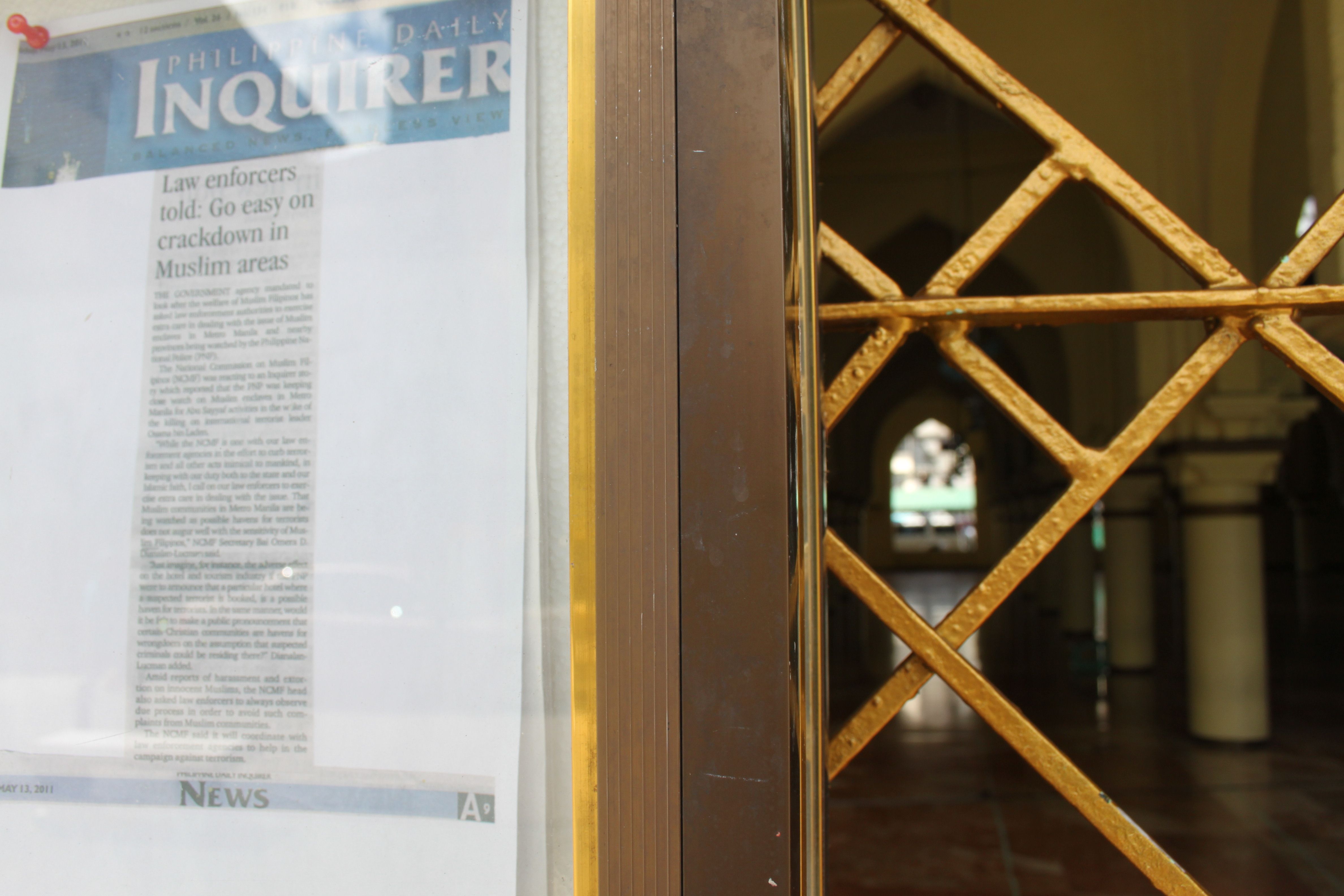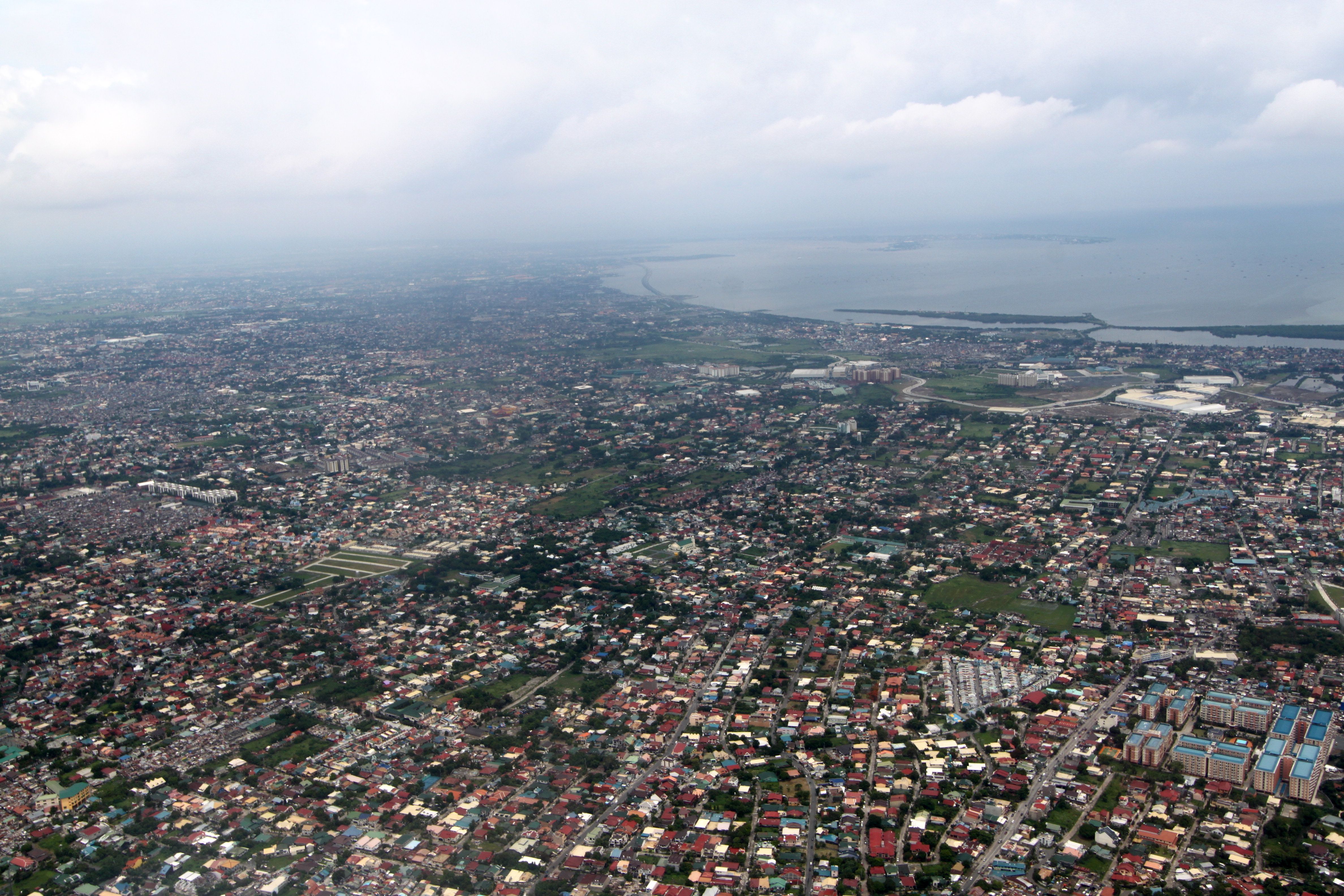A visit to the Philippine capital of Manila is not complete without a trip to Quiapo. This city square is known as the “Old Downtown.” More than 300 years of imperial conquest are manifest in Spanish and Islamic architecture. Numerous Catholic churches and a few mosques dot the district.
Religious life and faith in merchandise converge on Quiapo’s inner streets. The incessant foot traffic is due not only to religious pilgrims, but also the opportunity to purchase lower-priced goods. There is a photographers’ haven in Hidalgo Street where high-end digital cameras and equipment sell for some of the cheapest prices in the region.
Bustling markets at the district’s center sell the latest music and movies, though traditional Filipino products and souvenirs also have a powerful presence. Vendors walk, rent space or establish their businesses on a first-come-first-served basis. Recently, stricter enforcement on unauthorized goods has inspired salesmen to add wheels to their booths. The wheels provide a quick getaway from the police and a suspenseful scene to the Quiapo passersby.
A walk in historic Quiapo bears witness to a Philippines in transition from an imperial past to one of modernity. At times, the streets can seem an attack on the senses. Yet, the dust, the honking jeepneys, the bustle of human commerce and the gentle sound of Friday morning prayer show that the multiplicity of cultures has a permanent place in the Old Downtown.
